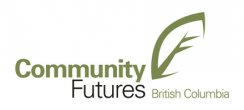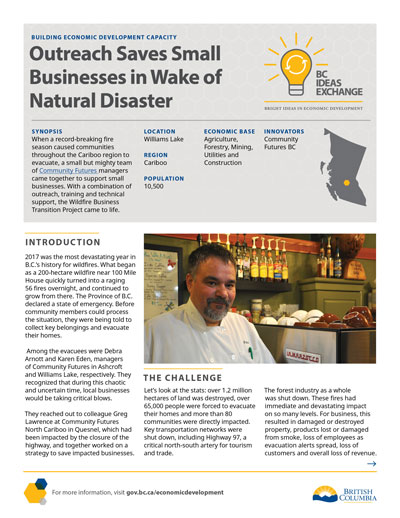Outreach Supports Small Businesses in Wake of Natural Disaster
Cariboo Region
2017 was the most devastating year in B.C.’s history for wildfires. What began as a 200-hectare wildfire near 100 Mile House quickly turned into a raging 56 fires overnight, and continued to grow from there. The Province of B.C. declared a state of emergency. Before community members could process the situation, they were being told to collect key belongings and evacuate their homes. Among the evacuees were Debra Arnott and Karen Eden, managers of Community Futures in Ashcroft and Williams Lake, respectively. They recognized that during this chaotic and uncertain time, local businesses would be taking critical blows. They reached out to colleague Greg Lawrence at Community Futures North Cariboo in Quesnel, which had been impacted by the closure of the highway, and together worked on a strategy to save impacted businesses.
The Challenge
Let’s look at the stats: over 1.2 million hectares of land was destroyed, over 65,000 people were forced to evacuate their homes and more than 80 communities were directly impacted. Key transportation networks were shut down, including Highway 97, a critical north-south artery for tourism and trade. The forest industry as a whole was shut down.
These fires had immediate and devastating impact on so many levels.
For business, this resulted in damaged or destroyed property, products lost or damaged from smoke, loss of employees as evacuation alerts spread, loss of customers and overall loss of revenue. In a province known for its natural beauty, one can imagine the tourism implications when community members were being advised to stay indoors due to air quality advisories.
For First Nations communities, this meant not only the loss of their businesses but the loss of their livelihood as well. Foraging, hunting and other cultural practices were now impossible.
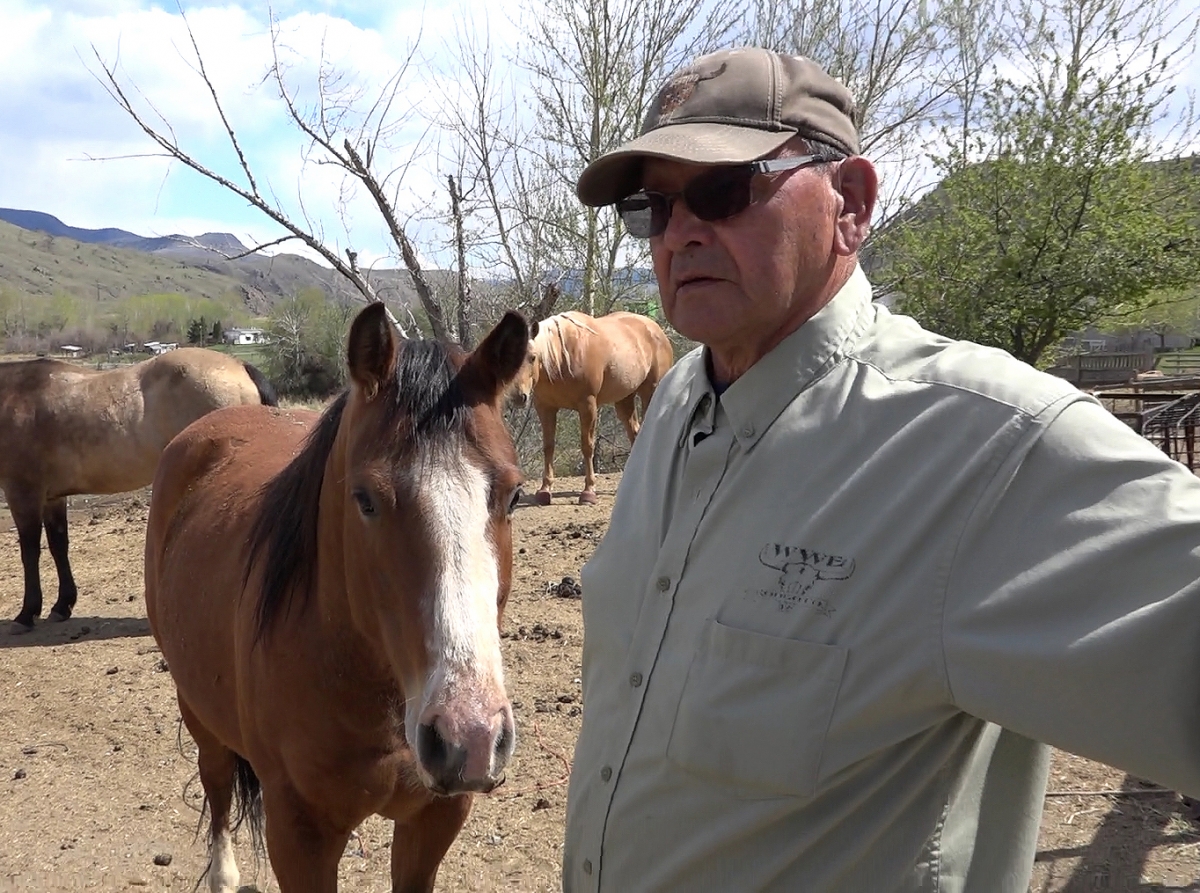
The Strategy
The team began by researching what resources were available during this time. They found that a number of grants were available to business owners impacted by natural disasters, but there was a lack of knowledge in the communities as to how to access these programs. Outreach then became the primary pillar of their action plan.
In order to resource their mission, they had to seek funding for staff and training needs. Initially, the Northern Development Initiative Trust and the Cariboo Chilcotin Beetle Action Coalition provided $340,000 to hire business ambassadors in affected areas. The idea was to employ these people as “boots on the ground” assistants to aid in communicating the resources available with impacted businesses.
This initial investment helped to build the case for a further $1.84 million from Western Economic Diversification (WD), which went to expanding the business ambassadors’ reach and developing innovative training programs for business owners. Funding from WD also allowed the program to expand its reach to include communities served by Community Futures Thompson Country and the Community Futures Development Corporation of the Central Interior First Nations. Later, the Province of British Columbia contributed close to $1 million through the Red Cross for workshops and training.
With this significant financial support, they developed a three-pronged approach for affected communities:
- Outreach and assessment: Business ambassadors and outreach workers helped business owners assess the impact of the fires on their operations and identify which assistance programs would best meet their needs.
- Access to financing and technical support: Each Community Futures office had access to an existing loan fund and flexible financing terms to help impacted businesses and could draw on its existing team of business advisors to provide support.
- Training and coaching: Targeted training programs, including workshops, online courses, business coaching and customized, self-directed training were available.
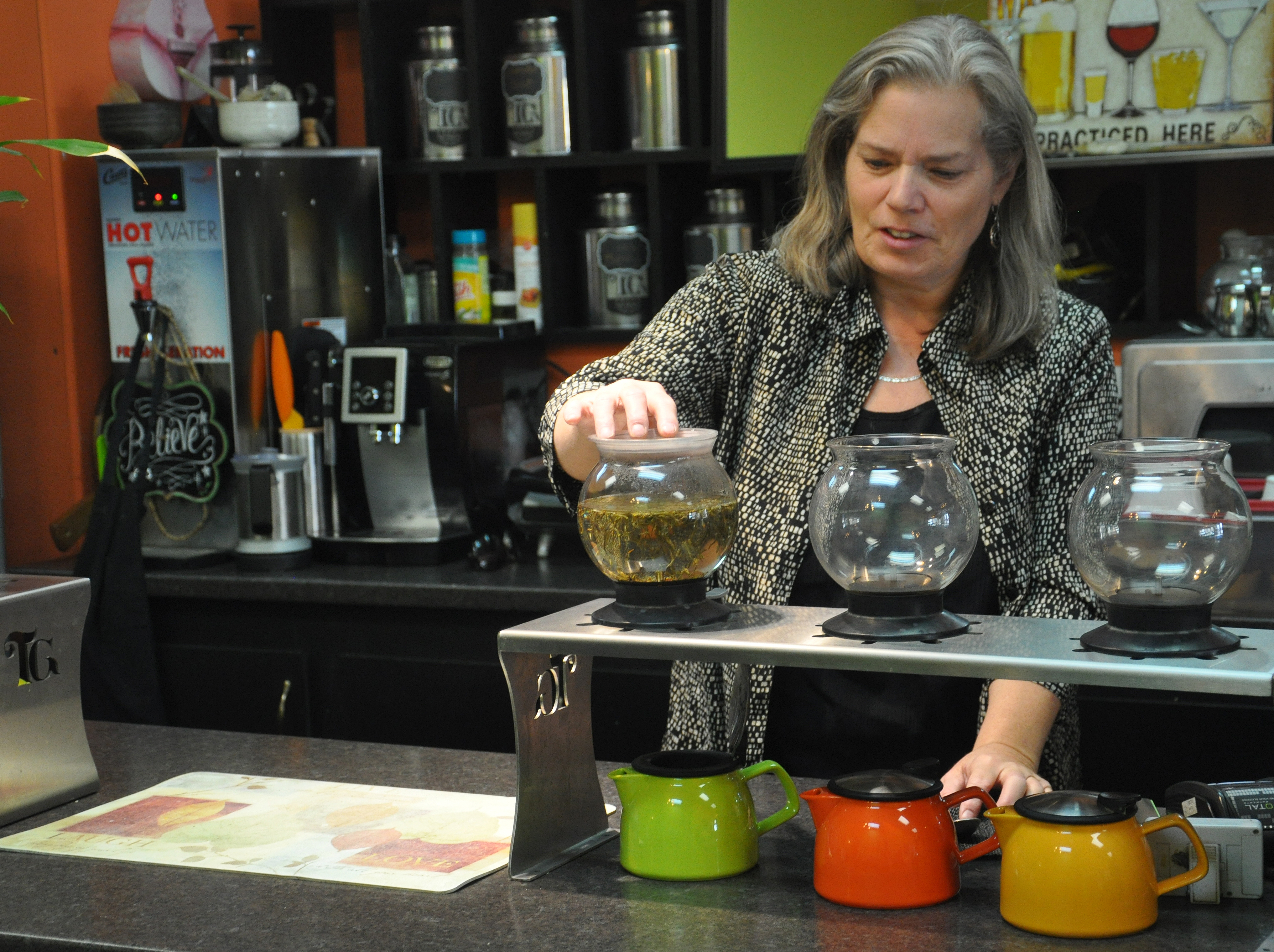
"“Business ambassador” was a phrase coined for the people hired to meet one on one with businesses; we knew there would be multiple opportunities for relief for companies through different ministries, organizations and partners. Businesses and not-for-profits in many cases needed a tailored outreach approach. The bulk of the businesses were shell-shocked, busy looking after themselves and their families; filling out forms and focusing on reviving their businesses was overwhelming and they appreciated the assistance of the business ambassadors. Said Karen Eden: “We hired nine amazing individuals, equipped them with laptops and scanners to help fill out the forms and listen at desks, kitchen tables and even in barns while folks are feeding their livestock.”
Successes
As of 2019, the Wildfire Business Transition Project has seen over 4,085 businesses assisted, 7,290 business advisory services have been made available, 218 workshops have taken place with over 2,450 participants and 1,100 people have completed the self-directed training created. The project has created a ripple effect in the communities it has helped. It has also provided a tried and true framework for future wildfire relief efforts.
In addition to the services provided in-person, a documentary series was created to capture the work of Community Futures and share it with interested parties.
The series was split into four videos:
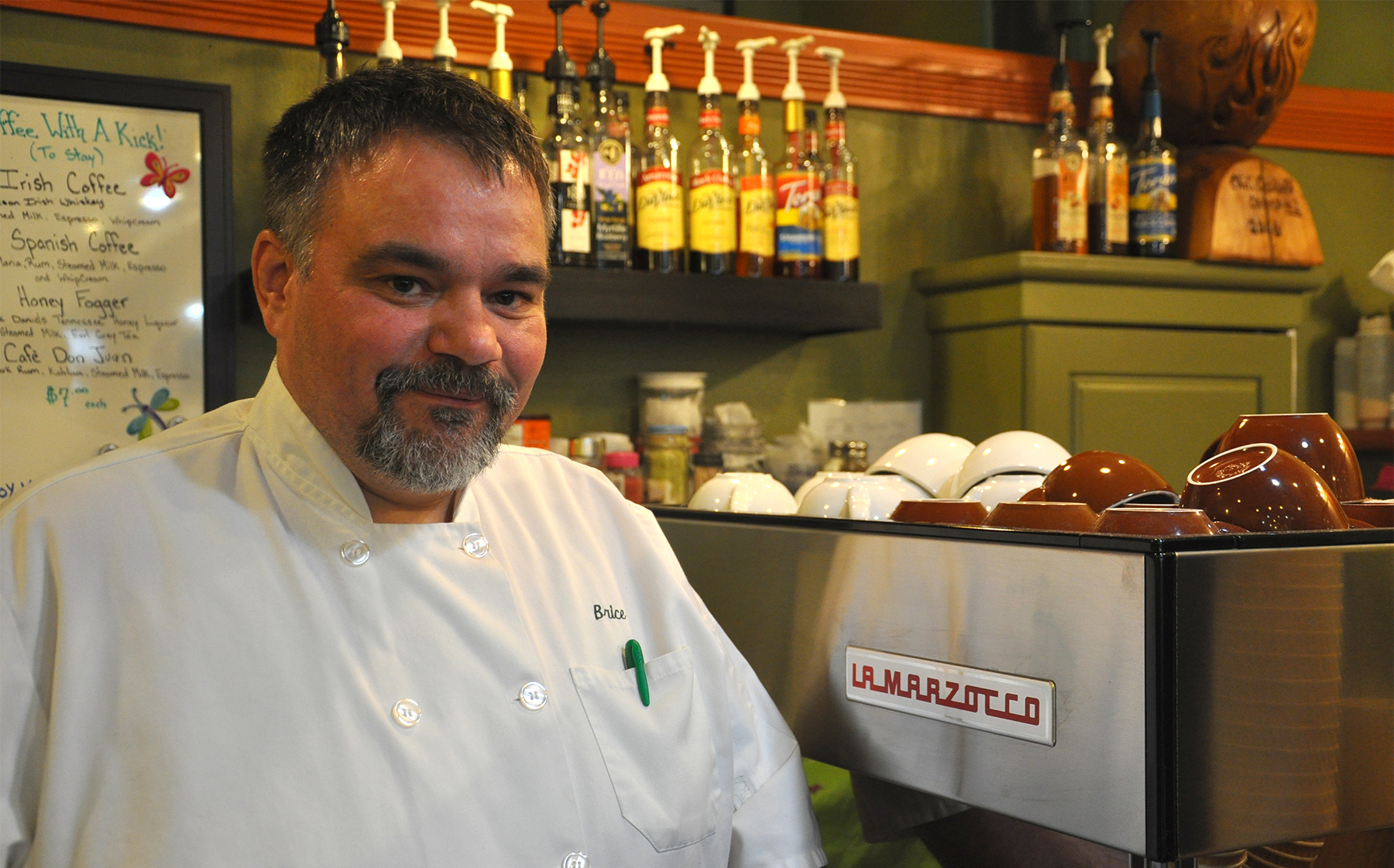
Lessons Learned
Start with the relationships: businesses tend to get overwhelmed when given too many resources and programs. Start by making the personal connection and introducing them to their best option. On return visits, and as you solidify the connection, continue to add more resources.
Word of mouth works: For various businesses that were hard to reach, word of mouth in the community was a great tool. Many folks applied to receive funding as a result of information their neighbours shared.
Adapt your communications: Remote communities tend to have differing communication preferences and may not be aware of how to access or summarize their financial data. Adapting communication styles to suit the audience is key.
Do you want to learn more about disaster recovery? Check out our Economic Development Disaster Planning and Recovery Webinar, our Fostering Visitation after a Wildfire Webinar or the BCEDA Recovery and Resiliency Roadmap.
Economic Base: Agriculture, Forestry, Mining, Utilities and Construction
Download the full story (PDF, 504.9 KB)

